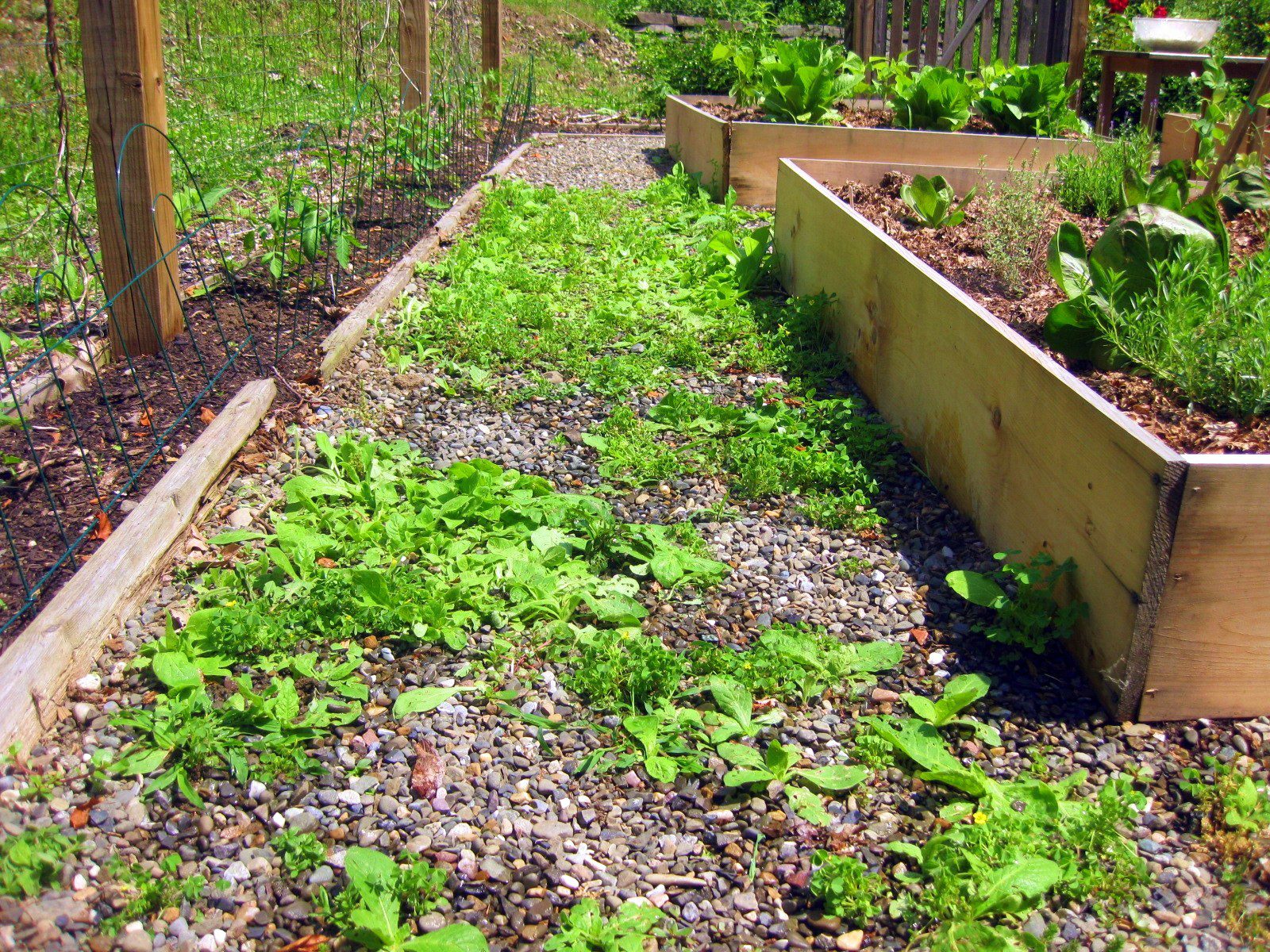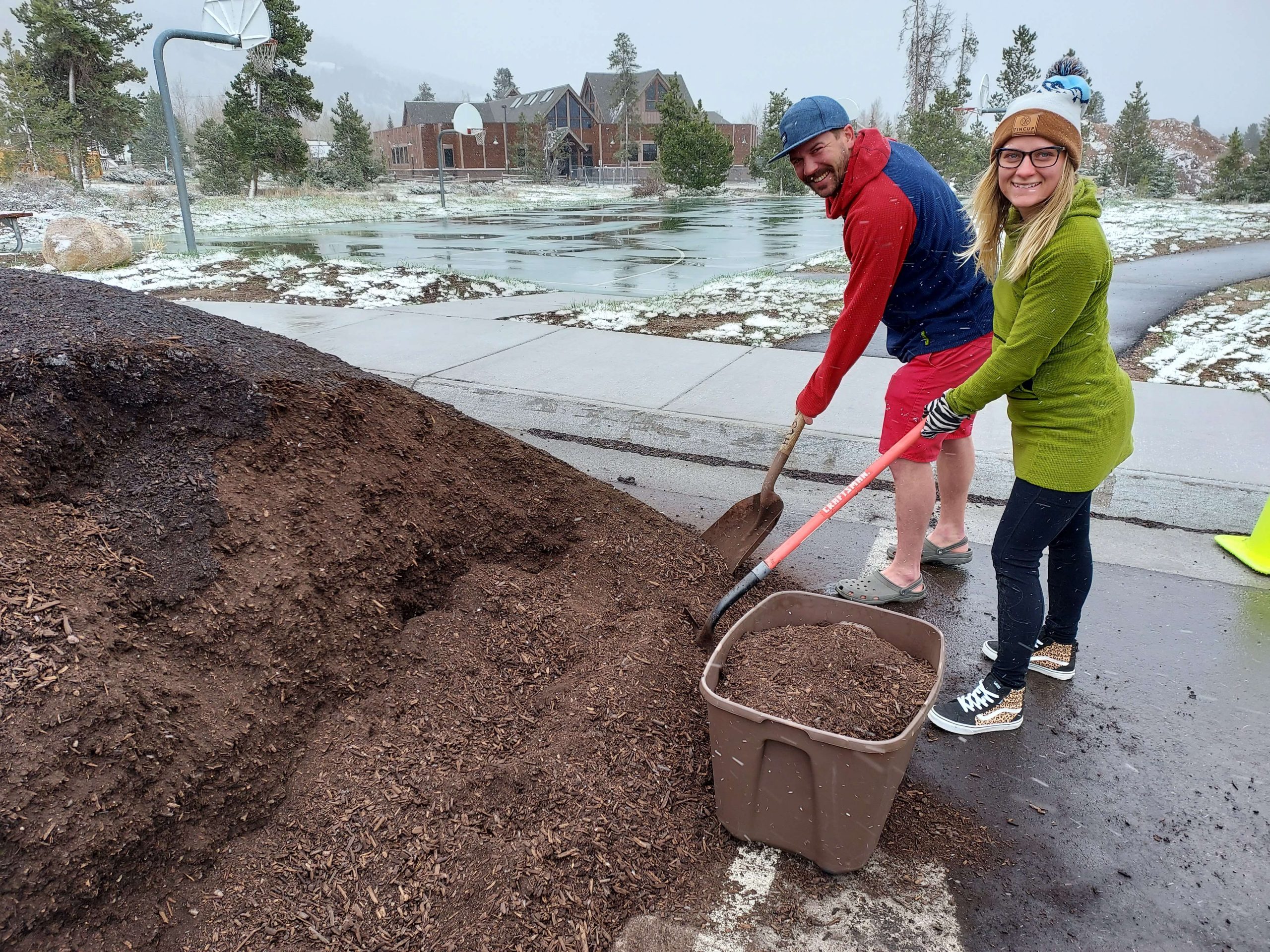As you embark on your journey into organic gardening, one of the first lessons you will learn is the critical role that weed control plays in maintaining a healthy and productive garden. Weeds are not just unsightly; they compete with your plants for essential resources such as sunlight, water, and nutrients. This competition can significantly hinder the growth of your desired crops, leading to reduced yields and overall garden health.
By understanding the importance of weed control, you can take proactive steps to ensure that your garden flourishes. Moreover, effective weed management is essential for maintaining the ecological balance within your garden. Weeds can harbor pests and diseases that may spread to your plants, creating a cascade of problems that can be difficult to manage.
By controlling weeds, you not only protect your crops but also promote a healthier environment for beneficial insects and microorganisms. This holistic approach to gardening aligns perfectly with the principles of organic gardening, where the goal is to create a sustainable ecosystem that thrives without synthetic chemicals.
Key Takeaways
- Weed control is crucial in organic gardening to ensure the health and productivity of plants.
- Mulching is a natural and effective way to suppress weeds in the garden by blocking sunlight and preventing weed growth.
- Cover crops can outcompete weeds in the garden by crowding them out and reducing their ability to thrive.
- Hand weeding, while labor-intensive, is an effective method for controlling weeds in the garden without the use of chemicals.
- Organic herbicides provide a non-toxic option for weed control in the garden, offering a safer alternative to chemical-based products.
Mulching: A Natural Way to Suppress Weeds in the Garden
Blocking Sunlight to Weed Seeds
When you apply a layer of organic material, such as straw, wood chips, or shredded leaves, around your plants, you create a barrier that blocks sunlight from reaching weed seeds. This lack of light inhibits their germination and growth, allowing your plants to thrive without competition.
Retaining Soil Moisture and Enriching the Soil
Additionally, mulch helps retain soil moisture, which is crucial for plant health, especially during dry spells. Incorporating mulch into your gardening routine not only suppresses weeds but also enriches the soil as it breaks down over time. As organic matter decomposes, it adds vital nutrients back into the soil, enhancing its fertility and structure.
Maintaining a Weed-Free Environment
This dual benefit makes mulching an indispensable practice in organic gardening. You’ll find that by regularly replenishing your mulch layer, you can maintain a weed-free environment while simultaneously nurturing your soil.
Utilizing Cover Crops to Outcompete Weeds in the Garden
Another powerful strategy for managing weeds in your organic garden is the use of cover crops. These are plants that you grow specifically to cover the soil rather than for harvest. By planting cover crops during the off-season or in between main crops, you can effectively outcompete weeds for resources.
Fast-growing cover crops like clover or rye can establish themselves quickly, creating a dense canopy that shades out weeds and prevents them from taking root. Cover crops also contribute to soil health by improving its structure and fertility. Their roots help aerate the soil, while their biomass adds organic matter when tilled back into the ground.
This not only enhances nutrient availability but also promotes beneficial microbial activity. As you incorporate cover crops into your gardening practices, you’ll notice a significant reduction in weed pressure, allowing your main crops to flourish without the burden of competition.
Hand Weeding: A Labor-Intensive but Effective Method for Weed Control
| Hand Weeding Metrics | Value |
|---|---|
| Time Required | Depends on the size of the area and the density of weeds, but can range from 1-3 hours per 100 square feet |
| Labor Cost | Varies based on location and labor rates, but can range from 15-25 per hour |
| Effectiveness | Highly effective for removing weeds, especially in areas where herbicides are not suitable |
| Environmental Impact | Low impact on the environment compared to chemical herbicides |
| Equipment Needed | Basic hand tools such as hoes, trowels, and gloves |
While it may seem labor-intensive, hand weeding remains one of the most effective methods for controlling weeds in an organic garden. This method allows you to target specific weeds without disturbing the surrounding soil or harming beneficial organisms. By regularly inspecting your garden and removing weeds by hand, you can prevent them from going to seed and spreading throughout your plot.
Although hand weeding requires time and effort, it offers several advantages. You gain a deeper understanding of your garden’s ecosystem as you become familiar with the various plants and their growth patterns. Additionally, hand weeding can be a meditative practice that connects you with nature and provides a sense of accomplishment as you see immediate results from your labor.
Embracing this method can lead to a more intimate relationship with your garden while effectively managing weed populations.
Using Organic Herbicides as a Non-Toxic Weed Control Option
In your quest for effective weed control, you may consider using organic herbicides as a non-toxic alternative to synthetic chemicals. These products are derived from natural sources and are designed to target specific weeds without harming beneficial plants or organisms in your garden. When used correctly, organic herbicides can provide an additional layer of protection against persistent weeds that may not respond well to other methods.
However, it’s essential to approach organic herbicides with caution and knowledge. Understanding the specific types of weeds you are dealing with will help you choose the right product for your needs. Additionally, timing is crucial; applying herbicides during the early growth stages of weeds can yield better results.
By integrating organic herbicides into your weed management strategy, you can maintain a healthy garden while adhering to the principles of organic gardening.
Employing Crop Rotation to Reduce Weed Pressure in the Garden
Disrupting Weed and Pest Cycles
By changing the types of crops planted in specific areas, farmers can break the cycles of weeds and pests that have adapted to particular plants. This approach not only helps control weeds but also improves soil health by preventing nutrient depletion and promoting biodiversity.
Planning a Crop Rotation Strategy
When planning a crop rotation strategy, it’s essential to consider planting different families of plants in succession. For example, following legumes with leafy greens can improve nitrogen levels in the soil while minimizing weed growth.
Benefits of Crop Rotation
As farmers implement crop rotation in their gardens, they’ll likely notice a decrease in weed competition and an overall improvement in plant health and productivity. By adopting this approach, farmers can create a more balanced and resilient ecosystem.
Companion Planting: Harnessing the Power of Plants to Deter Weeds
Companion planting is an age-old practice that involves growing different plants together for mutual benefit. This technique can be particularly effective in managing weeds by utilizing certain plants that naturally deter weed growth or create conditions unfavorable for their establishment. For instance, planting densely spaced crops can shade out weeds, while certain aromatic herbs can repel unwanted species.
By carefully selecting companion plants that complement each other, you can create a more resilient garden ecosystem. Not only will this strategy help control weeds, but it will also enhance biodiversity and attract beneficial insects that contribute to pollination and pest control. As you explore companion planting options, you’ll discover new ways to cultivate a thriving garden while keeping weeds at bay.
Implementing Proper Watering and Soil Health Practices to Prevent Weed Growth
Finally, one of the most fundamental aspects of preventing weed growth lies in proper watering and soil health practices. Weeds thrive in disturbed or poorly maintained soils; therefore, focusing on building healthy soil will create an environment less conducive to their growth. Regularly testing your soil for pH levels and nutrient content will help you make informed decisions about amendments needed to support your desired crops.
Additionally, adopting efficient watering practices can significantly impact weed proliferation. Overwatering can create conditions favorable for weed seeds to germinate; conversely, under-watering can stress your plants and make them more susceptible to competition from weeds. By establishing a consistent watering schedule tailored to your garden’s needs, you’ll promote healthy plant growth while minimizing opportunities for weeds to take hold.
In conclusion, managing weeds in an organic garden requires a multifaceted approach that combines various techniques tailored to your specific environment and goals. By understanding the importance of weed control and implementing strategies such as mulching, cover cropping, hand weeding, organic herbicides, crop rotation, companion planting, and proper watering practices, you can create a thriving ecosystem that supports healthy plant growth while minimizing weed competition. Embrace these methods as part of your organic gardening journey, and watch as your garden flourishes free from the burden of unwanted weeds.
If you’re looking to enhance your organic garden, you may want to check out this article on organic garden bed soil. This guide provides valuable information on how to create healthy and nutrient-rich soil for your plants to thrive. By focusing on the quality of your soil, you can help prevent weeds from taking over your garden and ensure that your plants have the best possible growing conditions.




